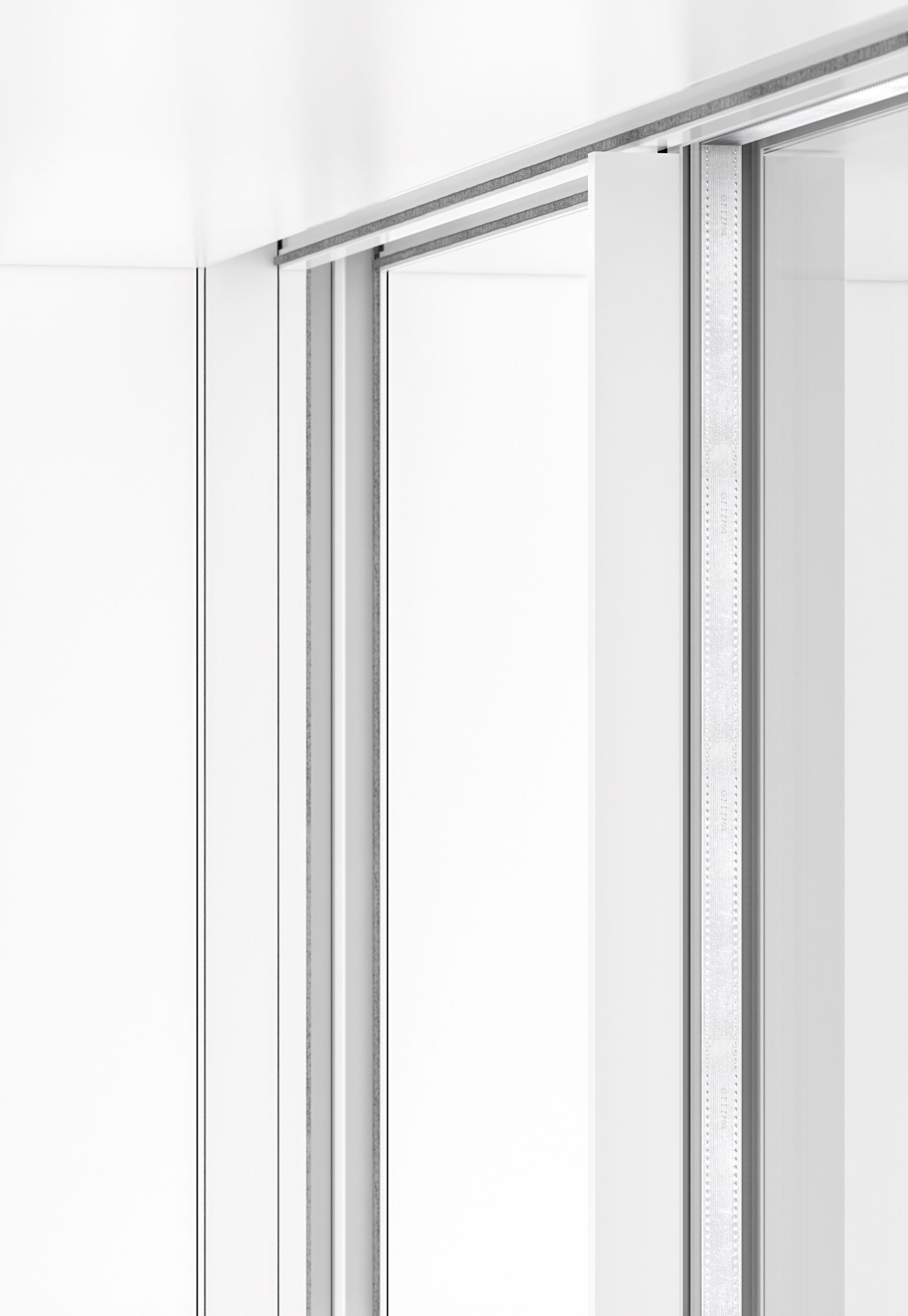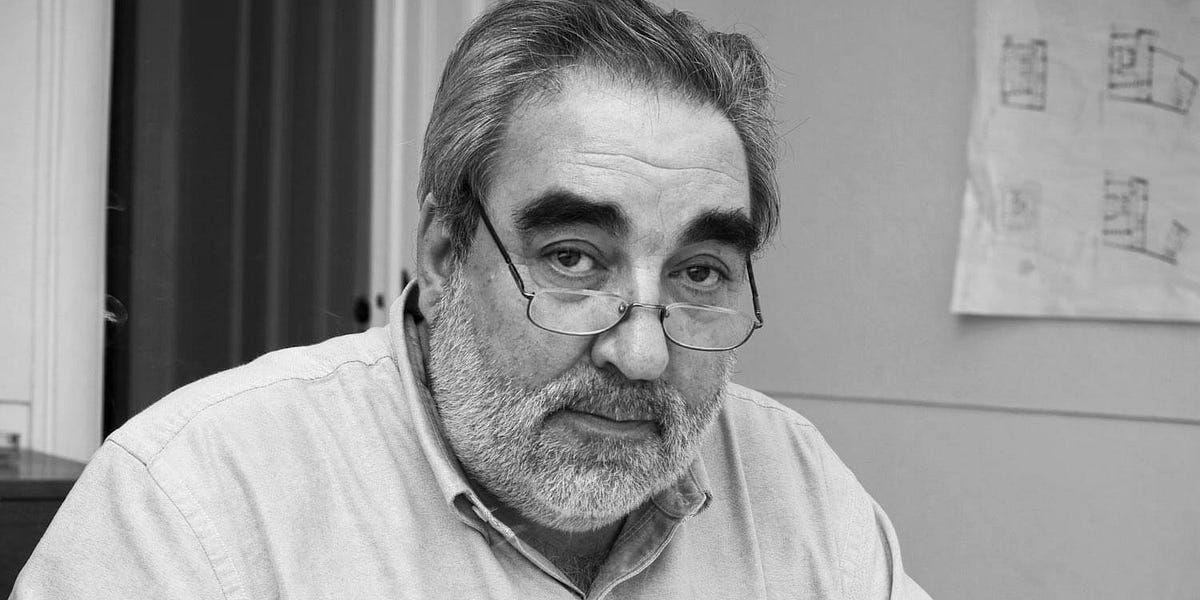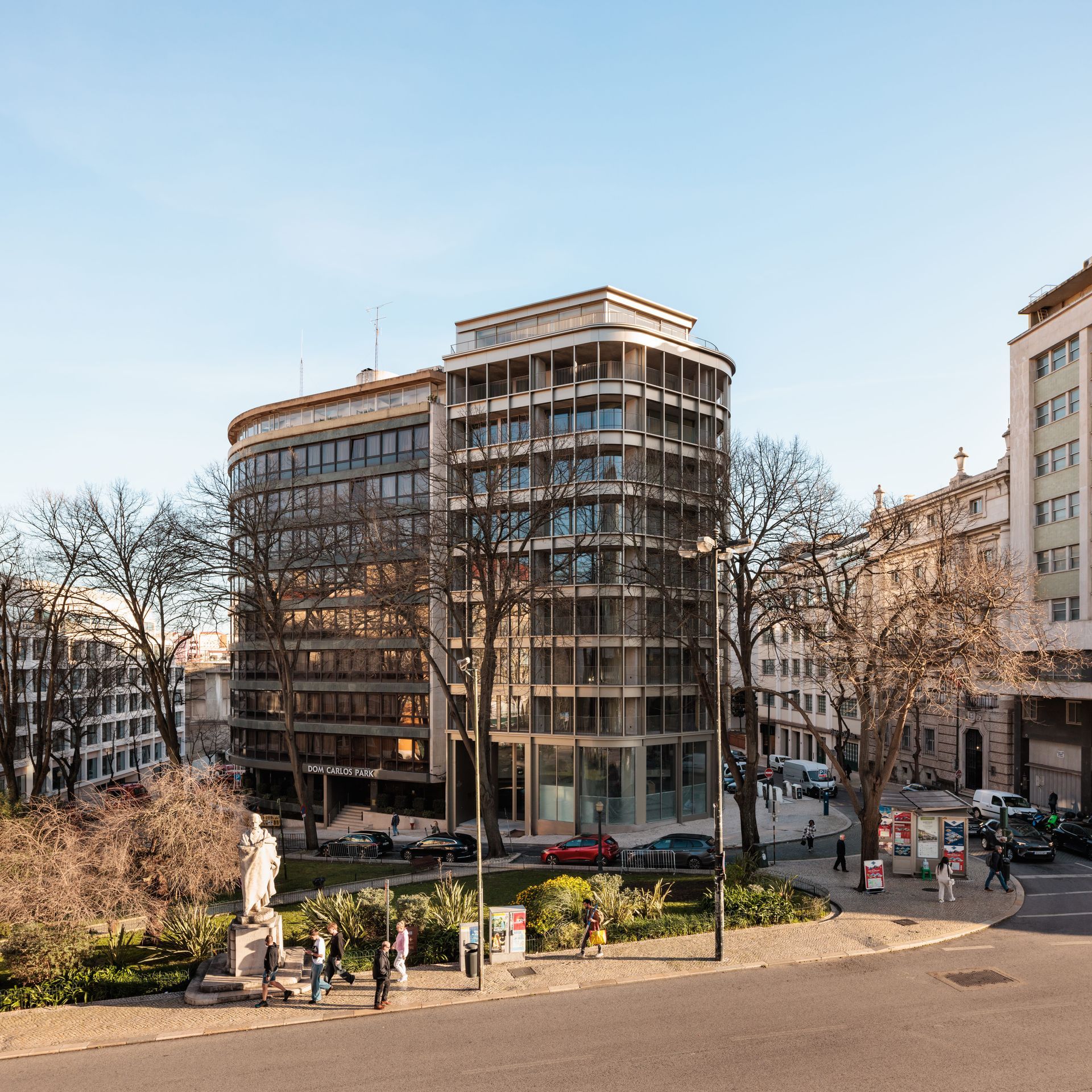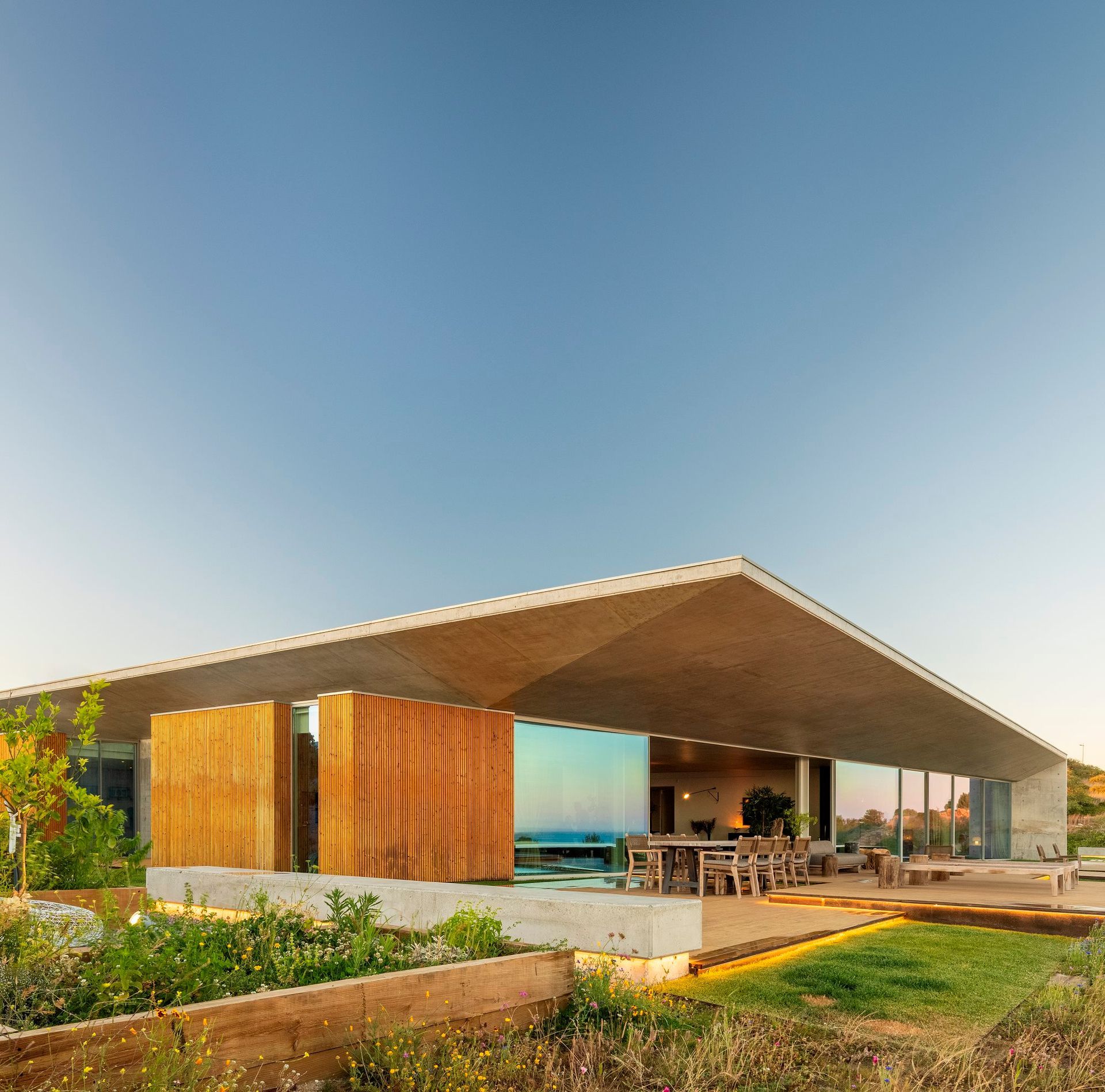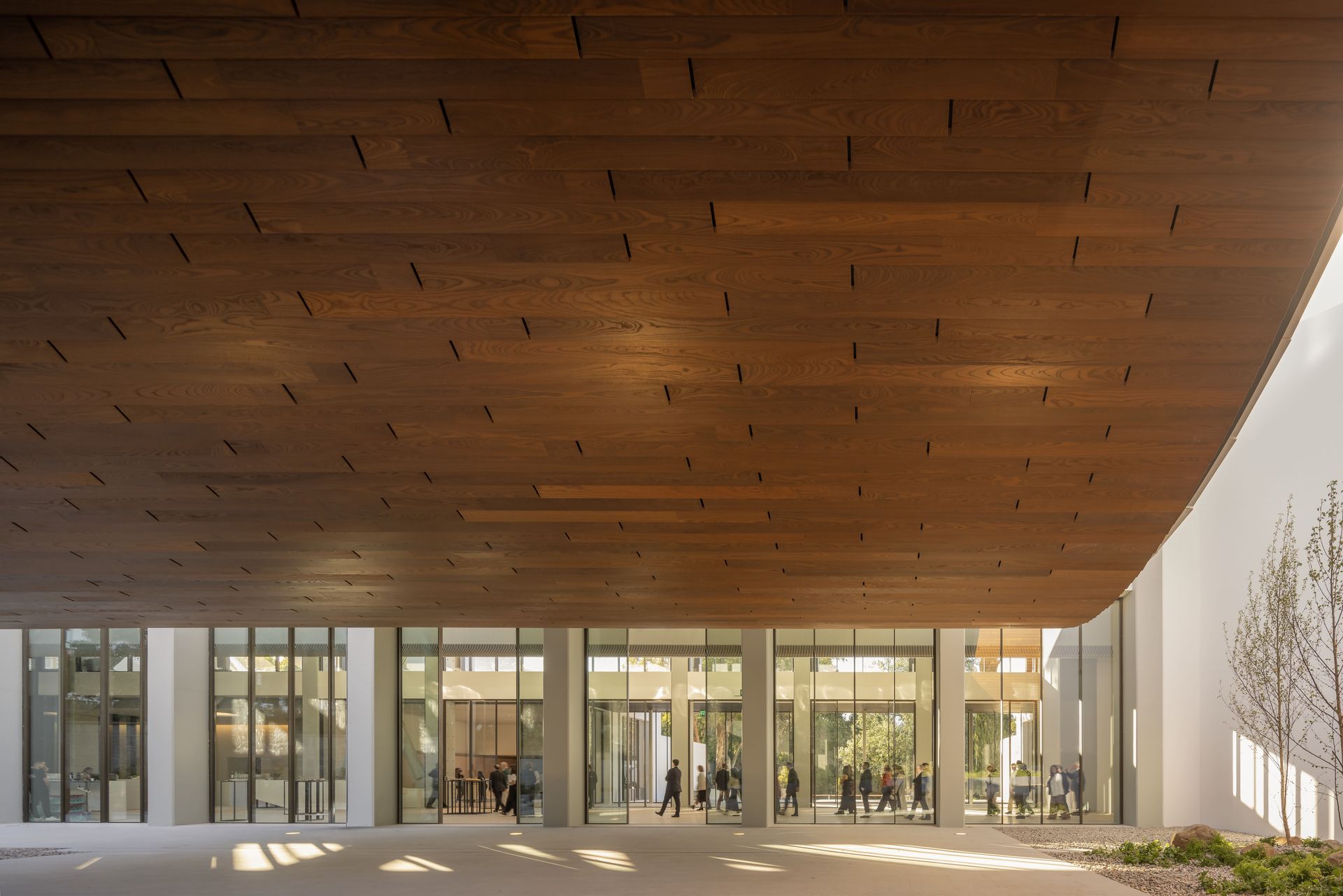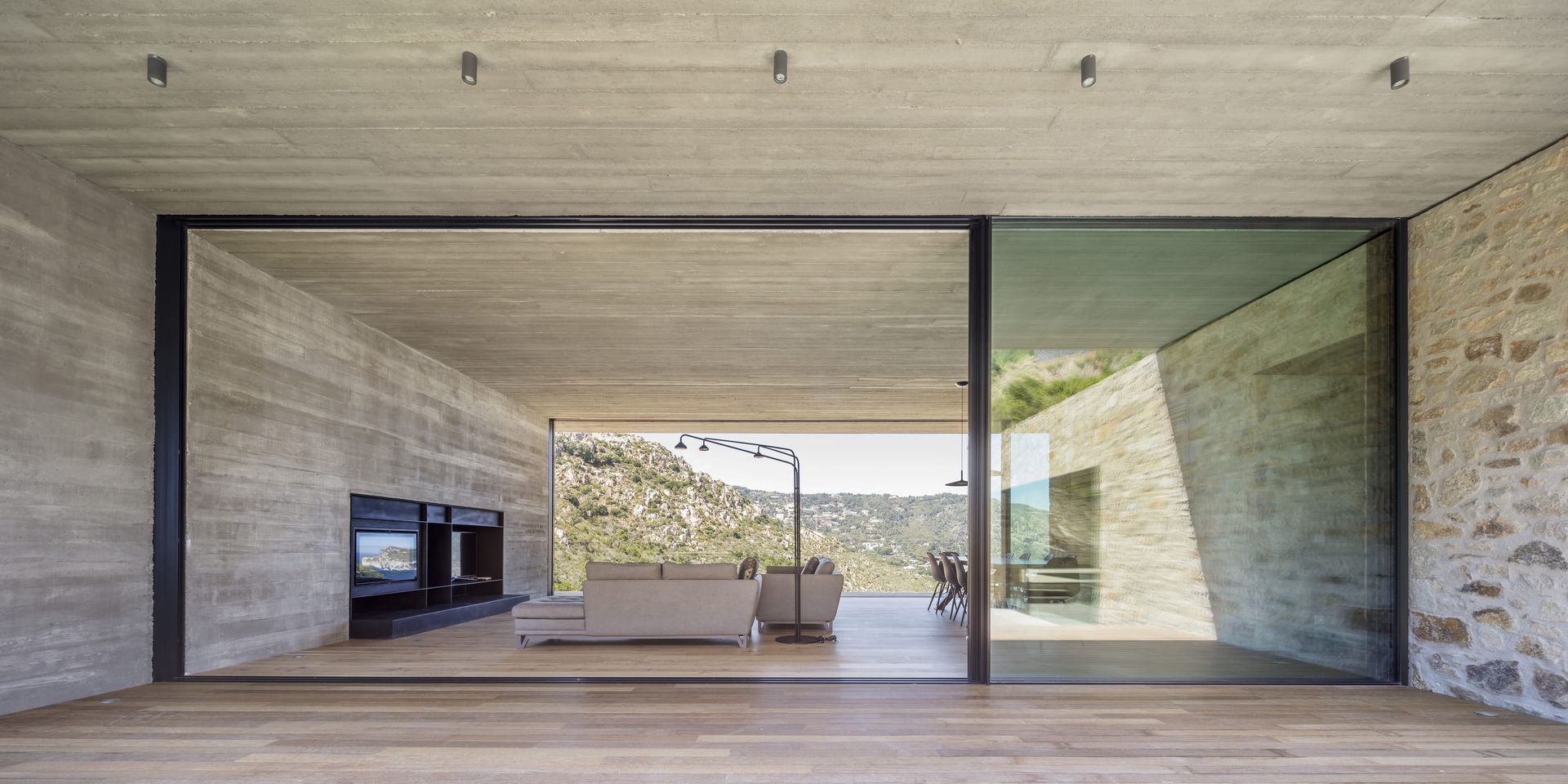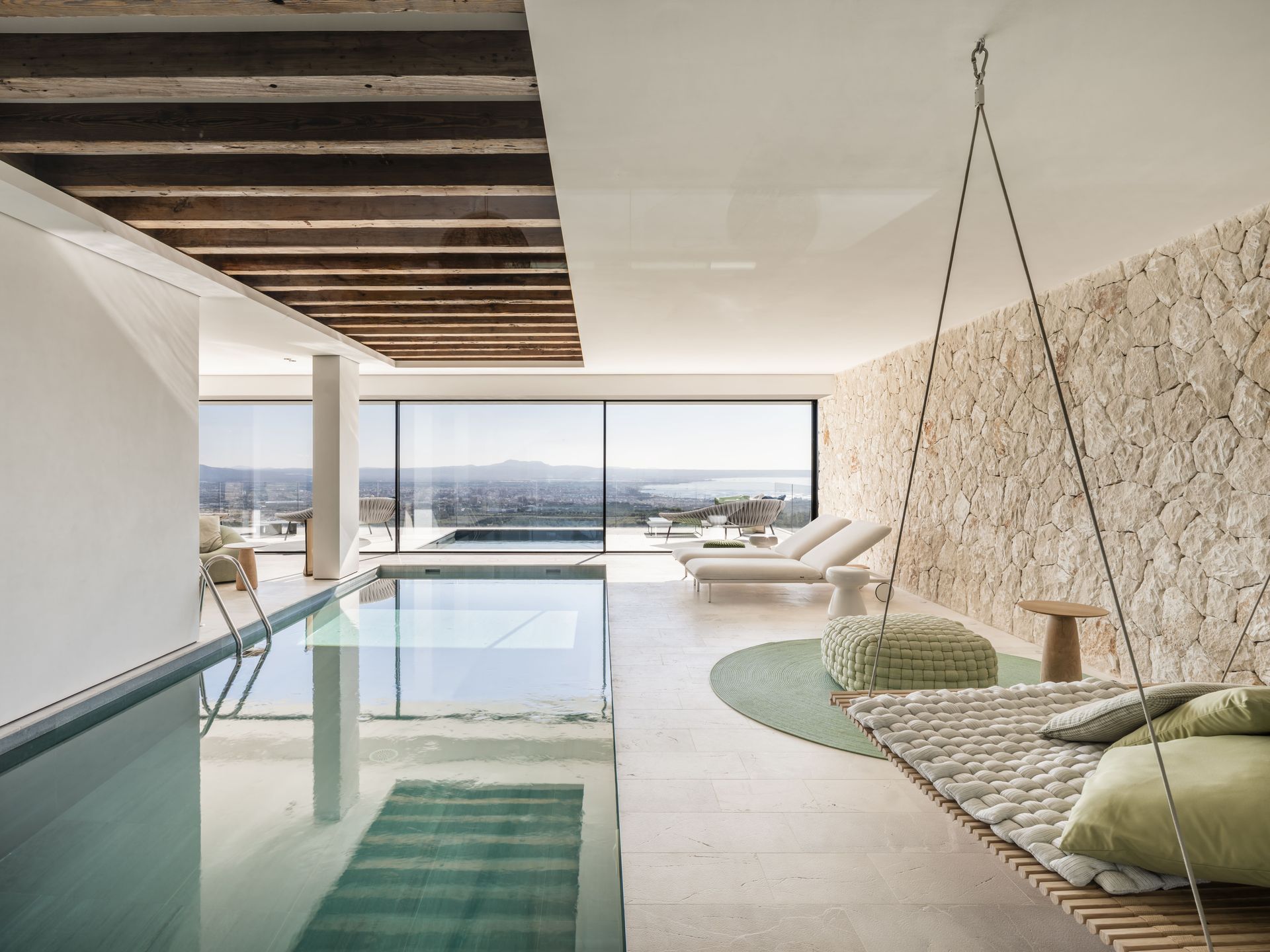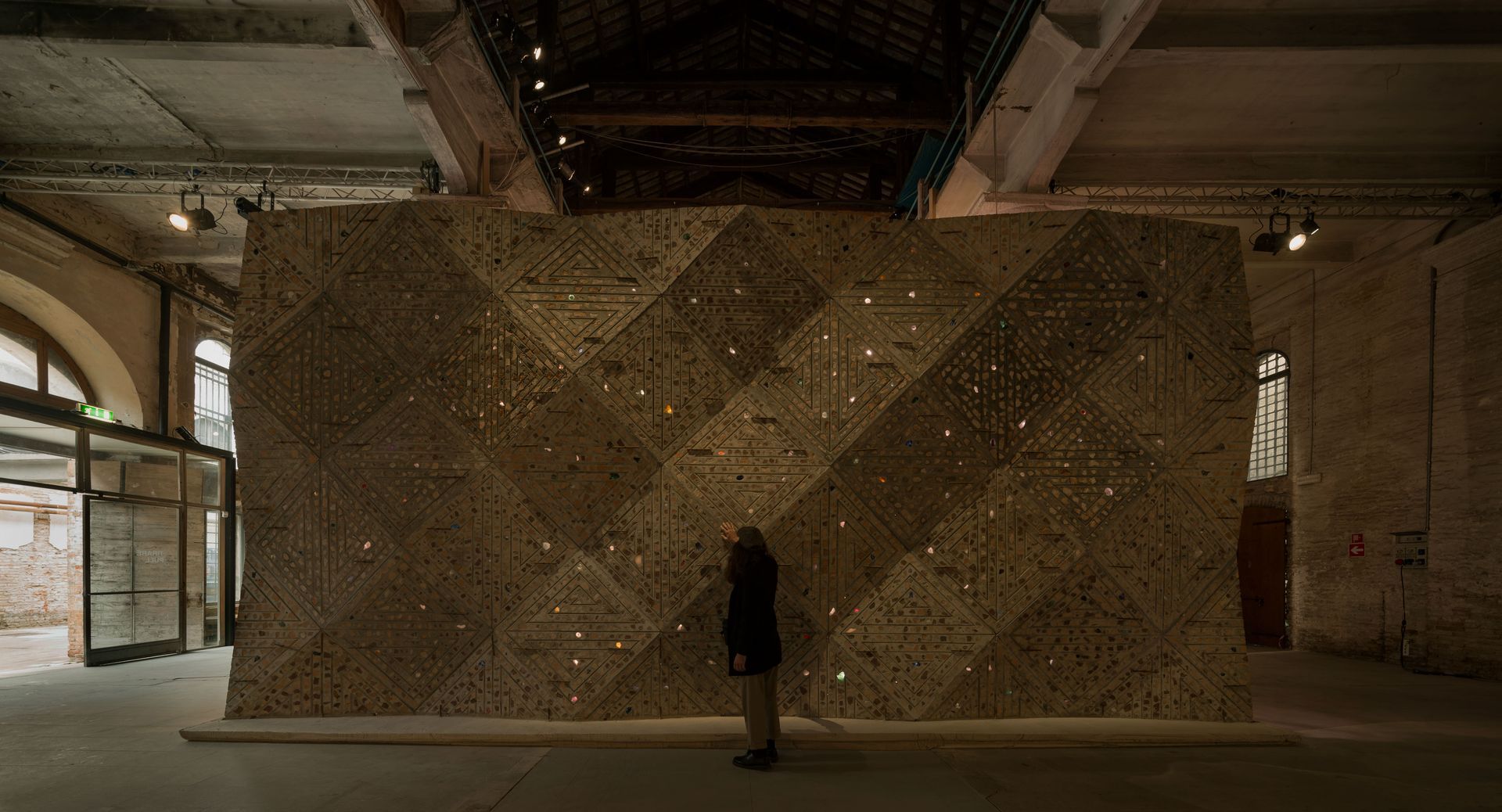EDITOR'S CHOICE : OTIIMA'S TOP 2022 PROJECTS
In the words of Frank Gehry “Architecture should speak of its time and place, but yearn of timelessness”, looking back at the year that was 2022, had several challenging projects but undoubtedly some that will remain timeless in terms of design and innovation.
We rounded up our most breathtaking projects where the OTIIMA window frames play a crucial role.

TURNING POINT PROJECT
Belzberg Architects
Located in Los Angeles, the OTIIMA windows at Turning Point Residence were designed to maximize space by allowing the dynamic intersected geometries to harmonize with the unique surroundings. The living area of the 4.311 SF home smoothly transitions to the expansive lounge and pool areas, proving plenty of room for relaxing or entertaining. The OTIIMA Fusion System allow the natural light to flood in through an abundance of minimalist glass walls, creating shadows that bounce off the curves, planes, and angles. The bohemian nature of the selected art pieces is a complementing counterpoint to the modernity of the architecture.
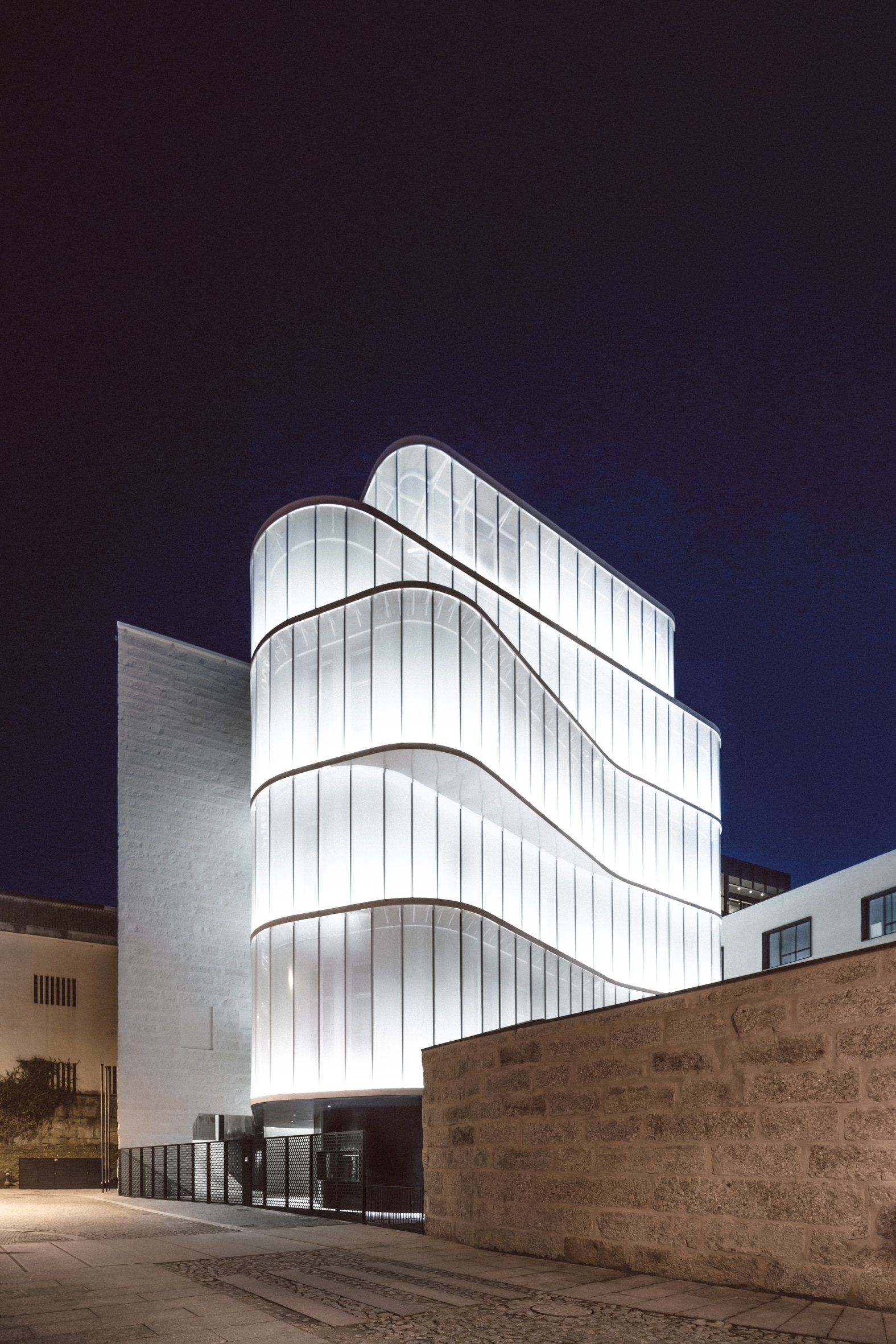
JORDAO THEATRE
PITAGORA ARCHITECTS
Project awarded - Portuguese Urban Rehabilitation Award 2022, the Jordao Theater is an imposing building in the heart of the city of Guimaraes. The new floor over the Jordão building consists of a metallic structure, covered by an OTIIMA glass curtain facade and metallic elements. This curtain wall system is made up of the latest fibreglass profile technology, featuring a full exterior view of glass, low thermal conductivity and a reversible system that allows the window an opening angle of 165º.
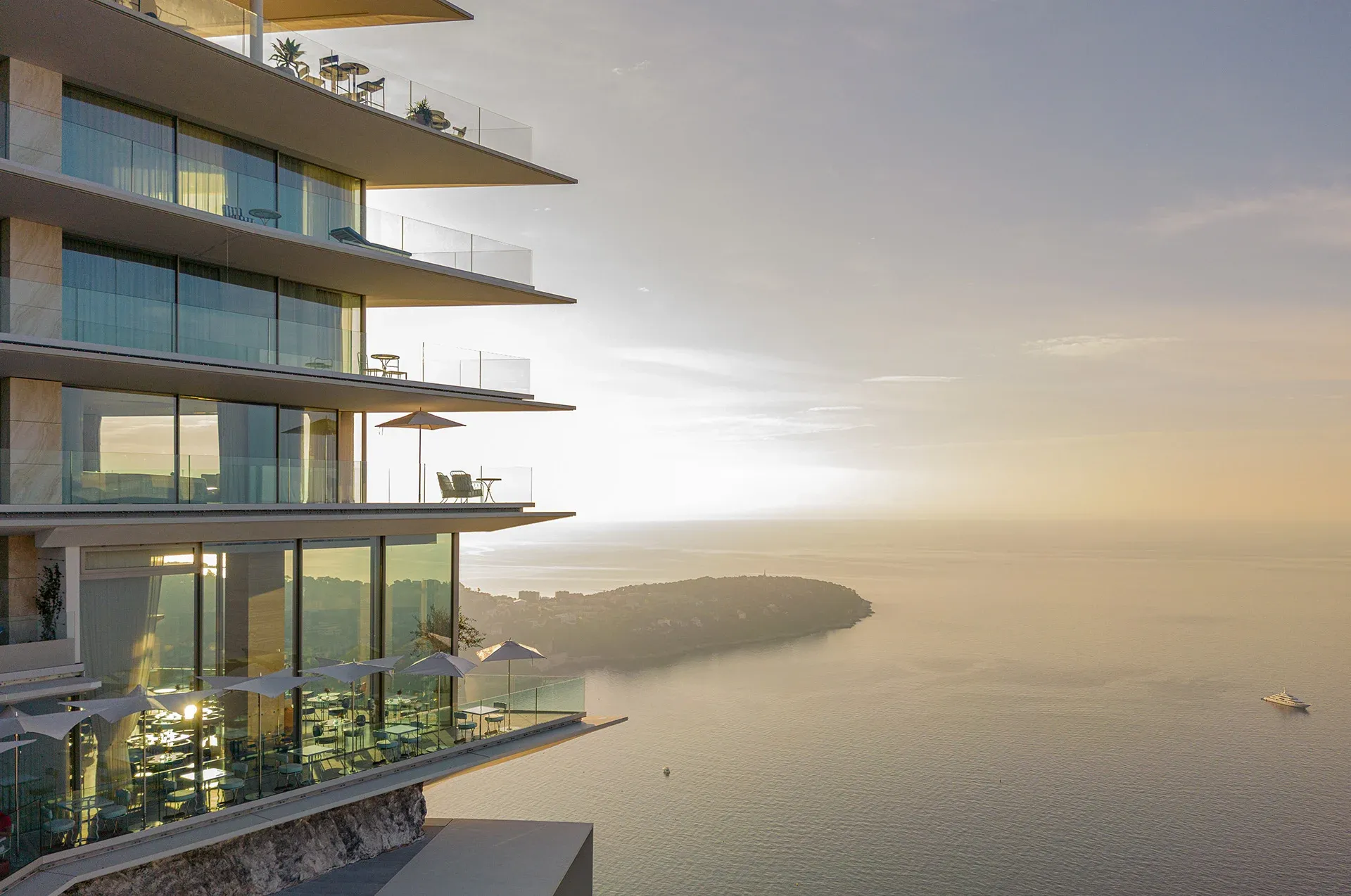
MAYBOURNE RIVIERA
Jean-Michel Wilmotte & Associates
The Maybourne Riviera is simply an architectural marvel. Designed by veteran French architect Jean-Michel Wilmotte, its transformation from the abandoned shell left behind The Vista Palace has redefined the whole area. Its white criss-cross lines and floor-to-ceiling glass is visible from the beach below while its twinkling lights illuminate the cliffside after dark.
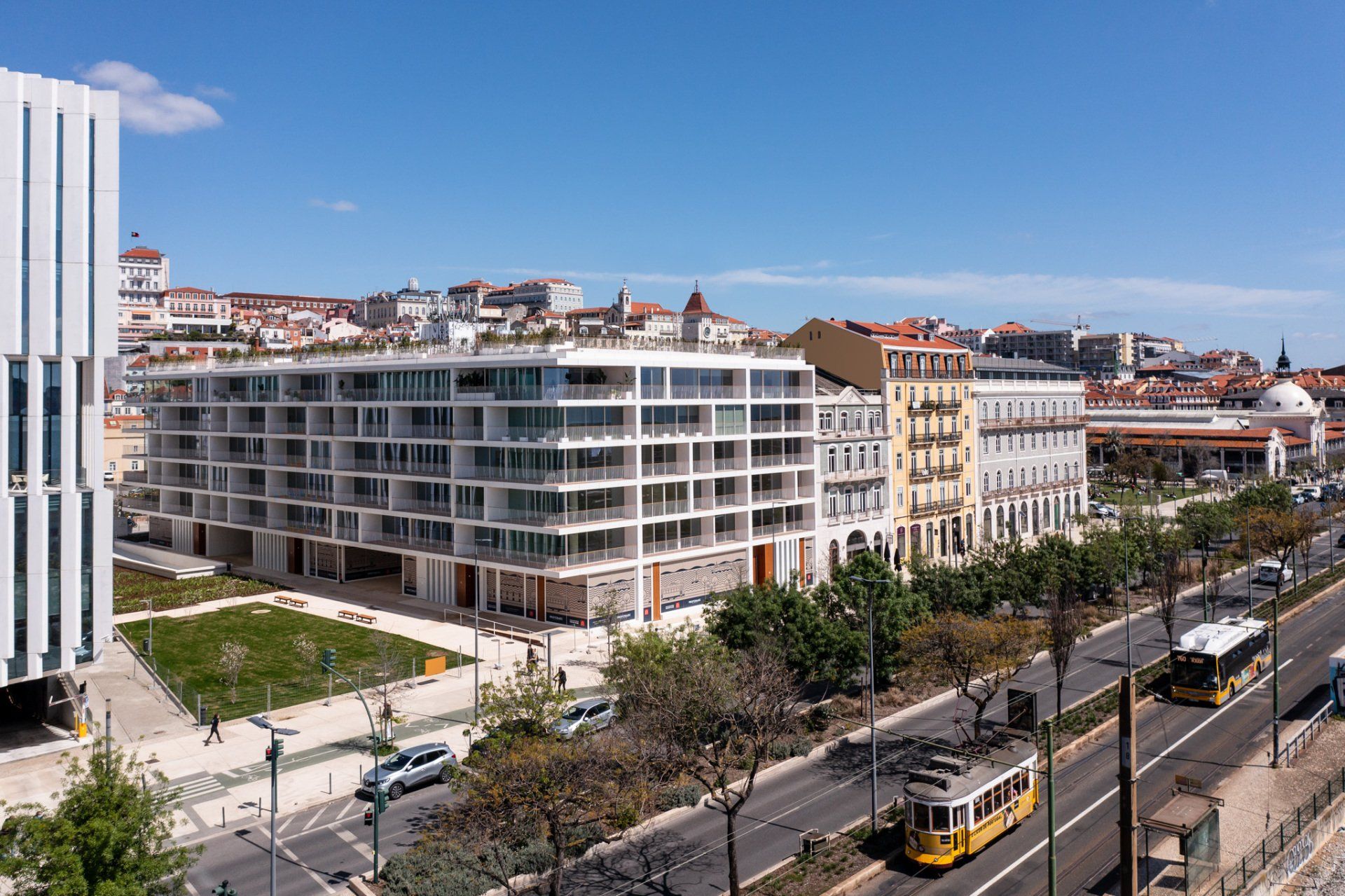
PROMENADE
With contemporary architecture, signed by the architect Frederico Valsassina, PROMENADE is one of the most contemporary projects in Av 24 de Julho, in Lisbon. The minimalist OTIIMA systems as OPEN and PLUS integrate aesthetically with the location, a façade marked by horizontal sheets of white concrete, with recessed glass planes, in a sophisticated architectural style.
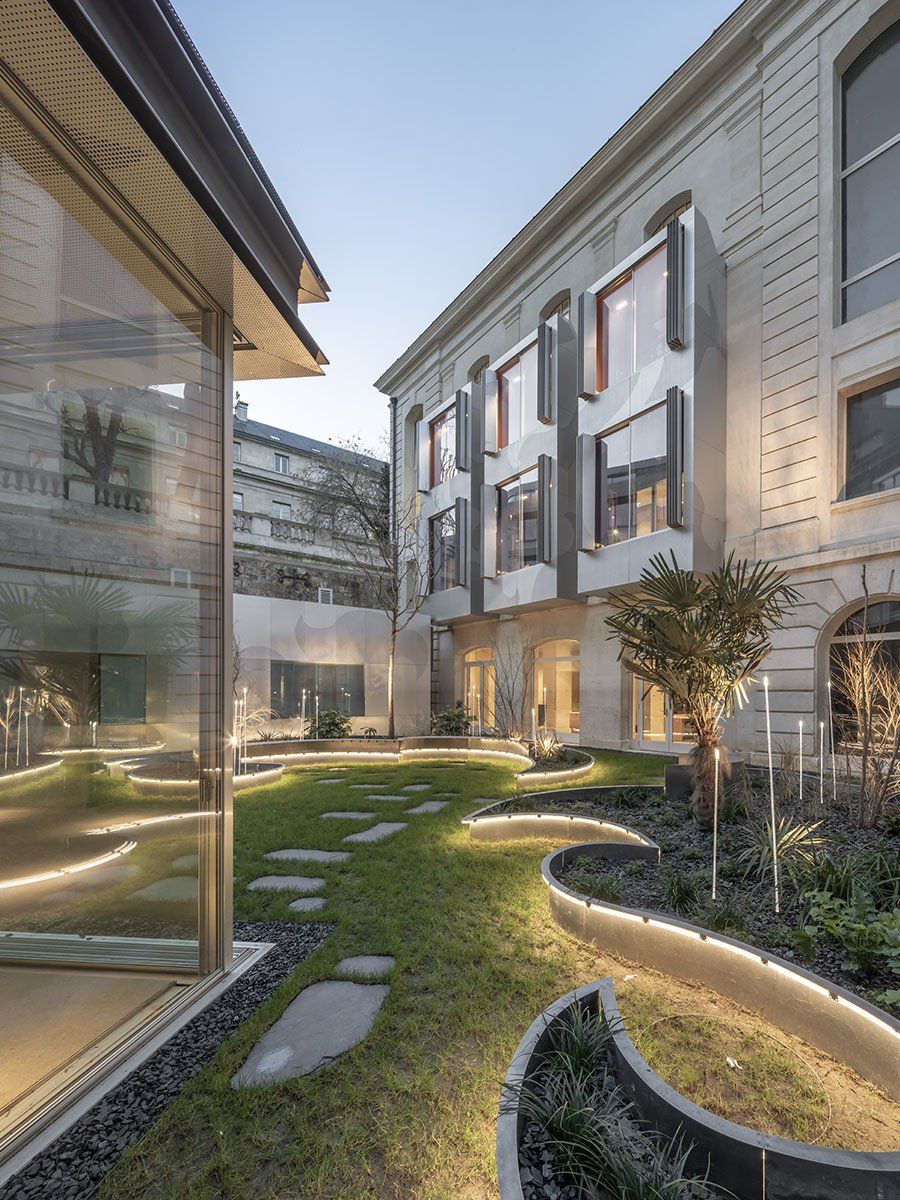
L’INSTITUT DES CIVILISATION
Jacques Moussafir Architectes
Closed to the public in May 2016, completely emptied of its two hundred and fifty occupants, its offices, common areas and its seventeen kilometres of collections during the six months that followed, the facades and roofs have been renovated to improve the thermal insulation of the buildings as well as their aesthetics. All the windows have been replaced to make the site more comfortable thermally and acoustically using not one but 4 OTIIMA frame systems: 38 PLUS | 54 DRAIN| 54 CLASSIC | OPEN.
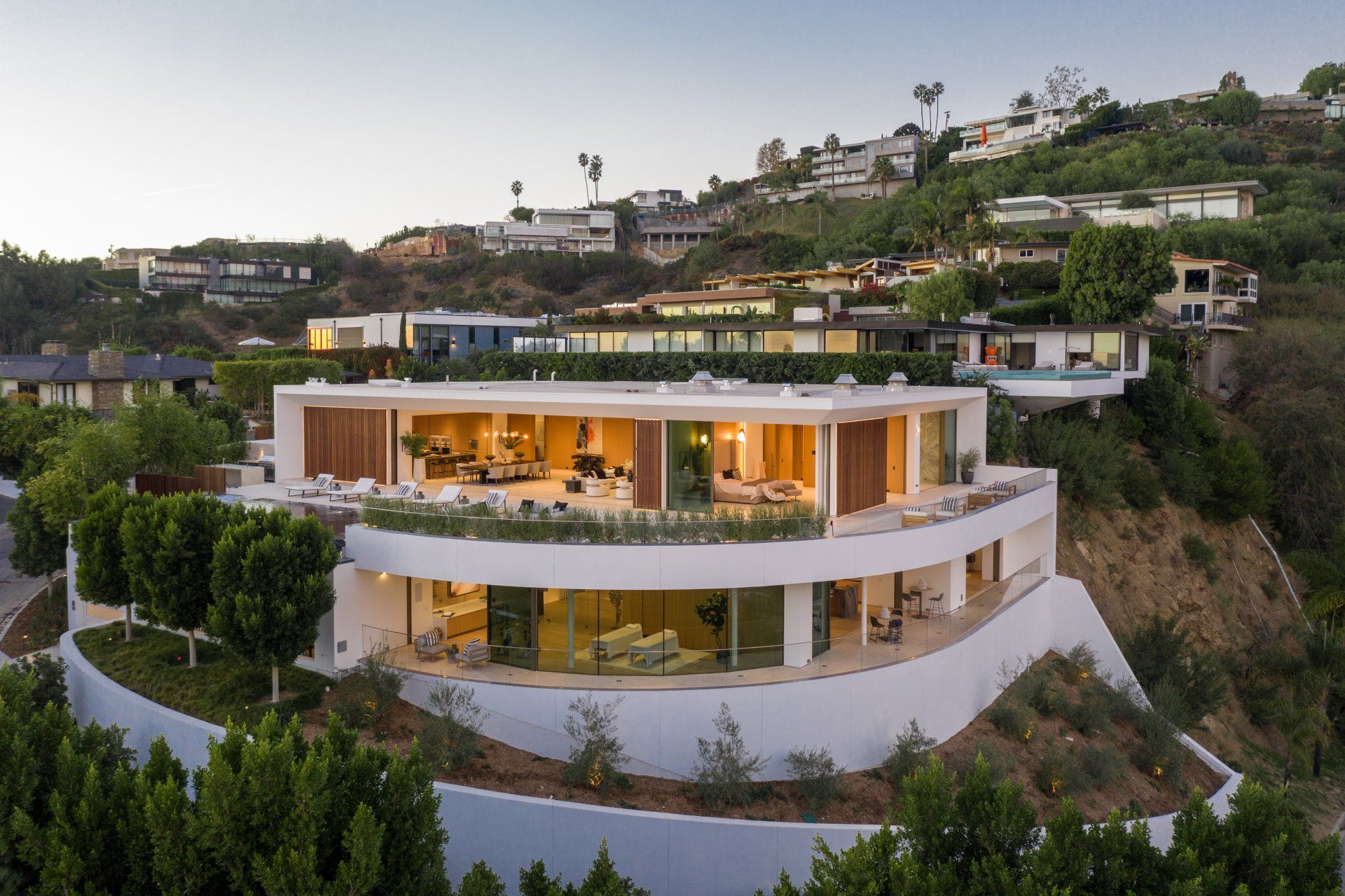
DELVIN DRIVE RD
XTEN Architecture
The Devlin Residence sits on a promontory site up above The Sunset Strip in the Hollywood Hills. The house is split into two contrasting forms. The OTIIMA Drain System combine perfectly with the wide and elegant space connecting the kitchen, dining and living areas, opening up amazing views of Los Angeles to the south. The master suite lies on the eastern side of the upper volume, opening up to views of the hills and city below.
